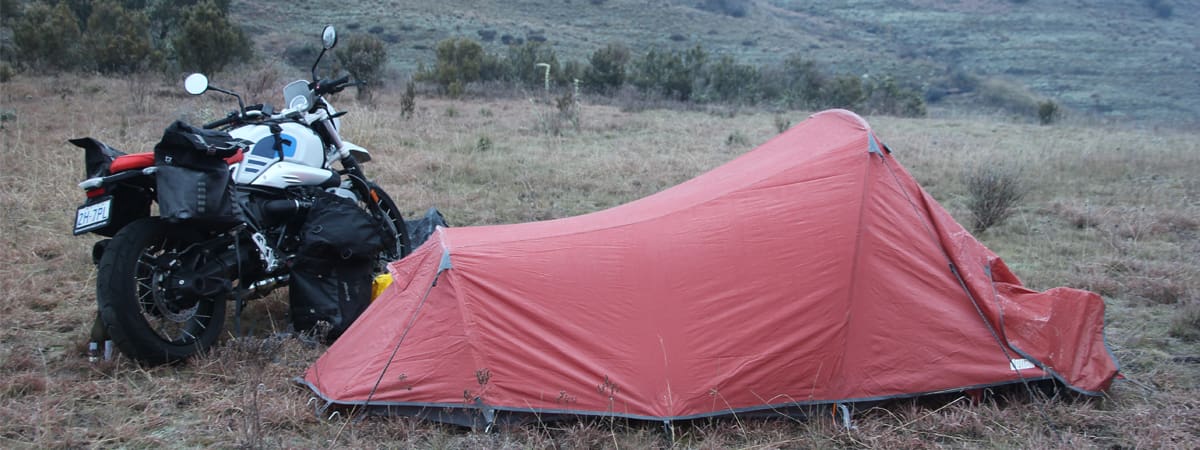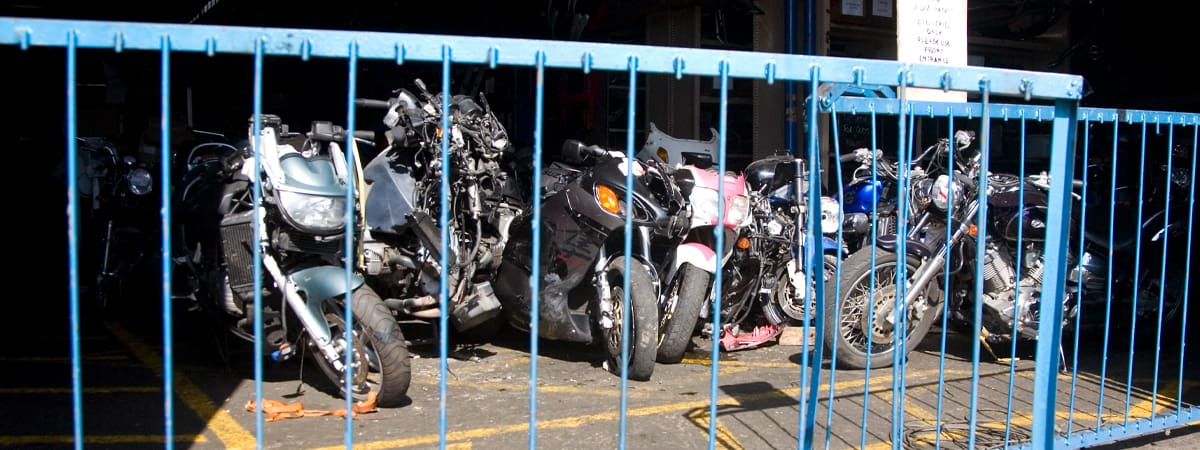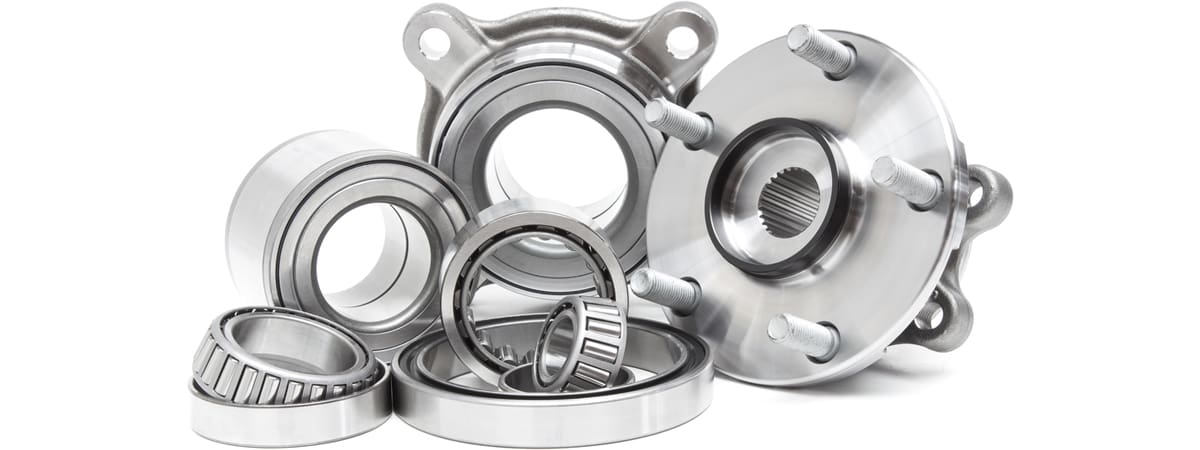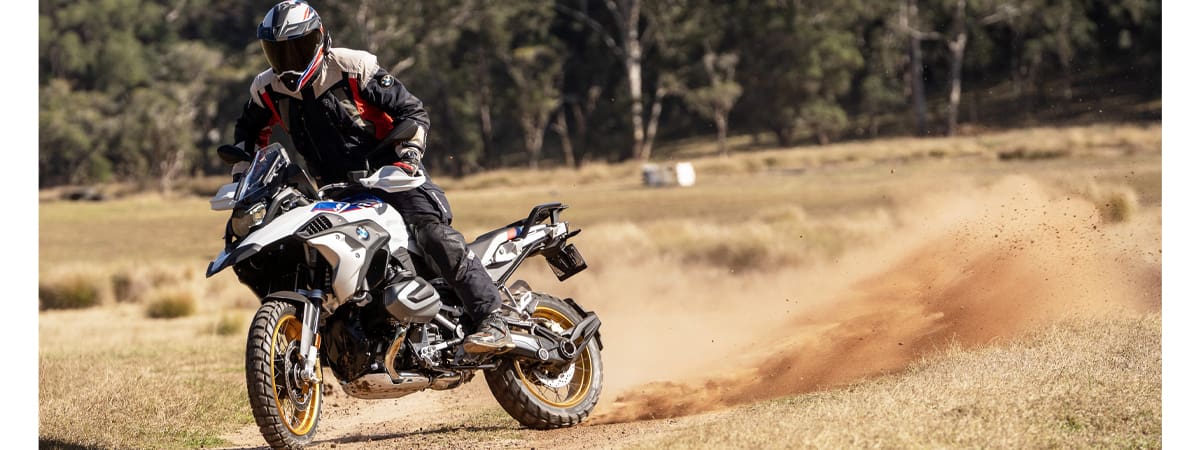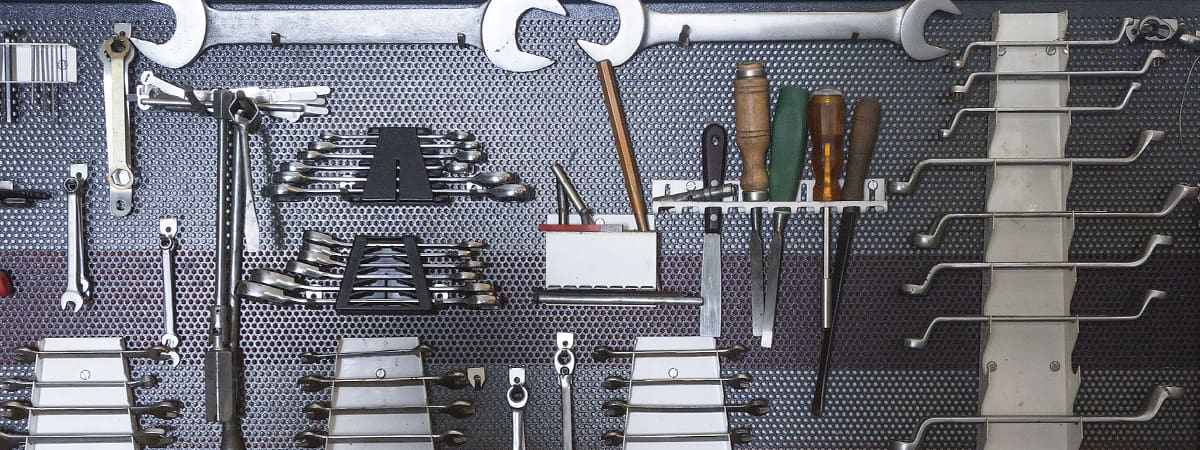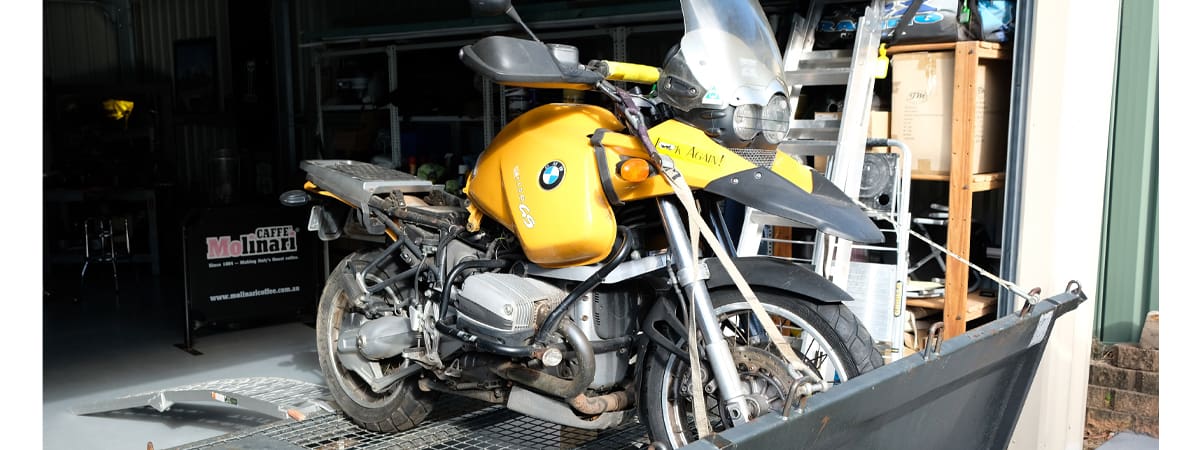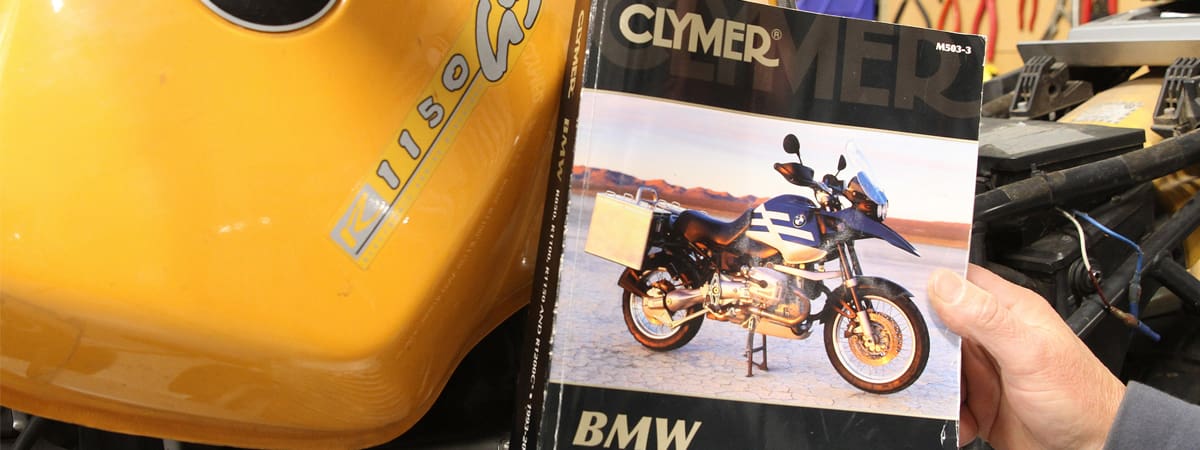After the brake Tech Talk article last issue (Vol 66 No 21), I felt inspired to fix a niggling problem on my 2011 Ducati Monster. If you’ve ever experienced pulsing in your brakes, chances are the discs are warped and need replacing.
This might appear like a simple bolt-on job, but there a few handy insights and useful tools that can help make this procedure (and many others) much easier.
Anybody that has had the heart stopper of brake failure knows how important getting this right is. If you’re not confident in tackling this yourself, it might at least give you an idea of the process mechanics go through to keep you safe.
1 Find a suitable work area and an appropriate way to jack your front end
In the workshop we had the luxury of a hoist, but it’s not necessary.
The best way to work on your front brakes is by placing a jack under the sump, with a piece of timber to prevent damage or marking. Note the tie downs on the rear wheel – the hoist served as an anchor point for the rear wheel for stability and to stop the whole bike from rising. Undo all necessary bolts (such as the axel) before you lift your bike up to prevent the bike from falling over once you’ve jacked it up.

2 Remove the brake calipers
Once you’ve raised the front of the bike just enough to remove the wheel, the next step is to remove the calipers. They are generally held on with two bolts as shown. These may be a bit tight if they haven’t been removed in a while, so some extra leverage may be required.
It’s a good idea to wrap both calipers in a rag and secure them to the bike with a cable tie – this prevents them moving around and damaging your rims. If your bike has screw-in pins (see pic X) to hold the brake pads in place undo them now before you take the caliper off.
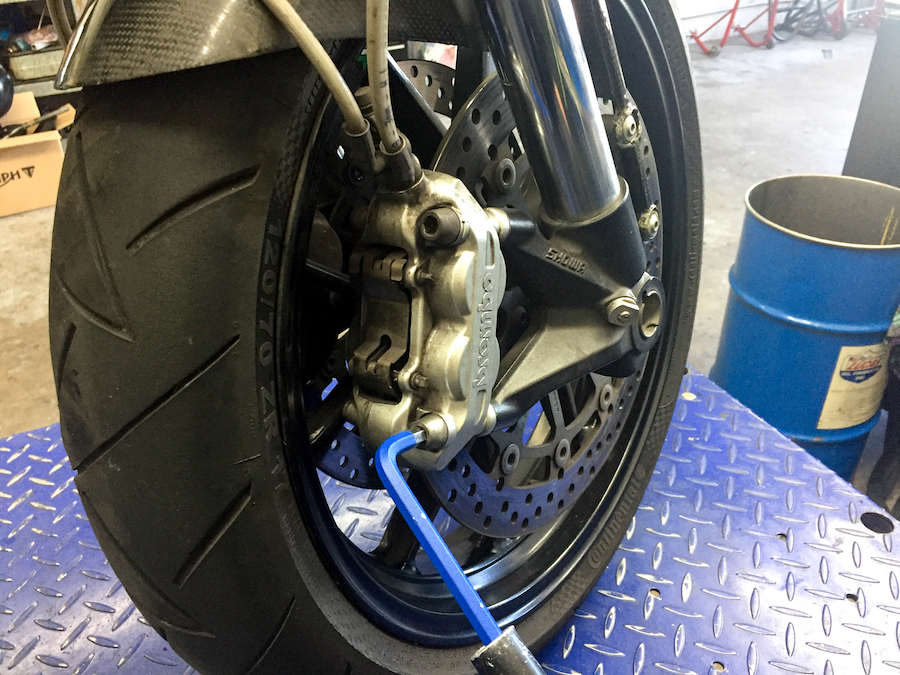
3 Remove the front wheel
You will need to remove the front axle and clamping bolts underneath the fork.
Once the axle is free, you should be able to remove the wheel. Mark the wheel spacers, speed sensor gears, etc. and refit them in the same order you have removed them.

4 Prepare the discs for removal
In our case the rotors are secured to the rims with star bolts and will generally have threadlock applied. There are different types of threadlock, and the best way to release these bolts without damage is to apply heat. You can use a heat gun to heat the bolts to 100º. An infrared thermometer is handy to check you have applied the correct amount of heat.
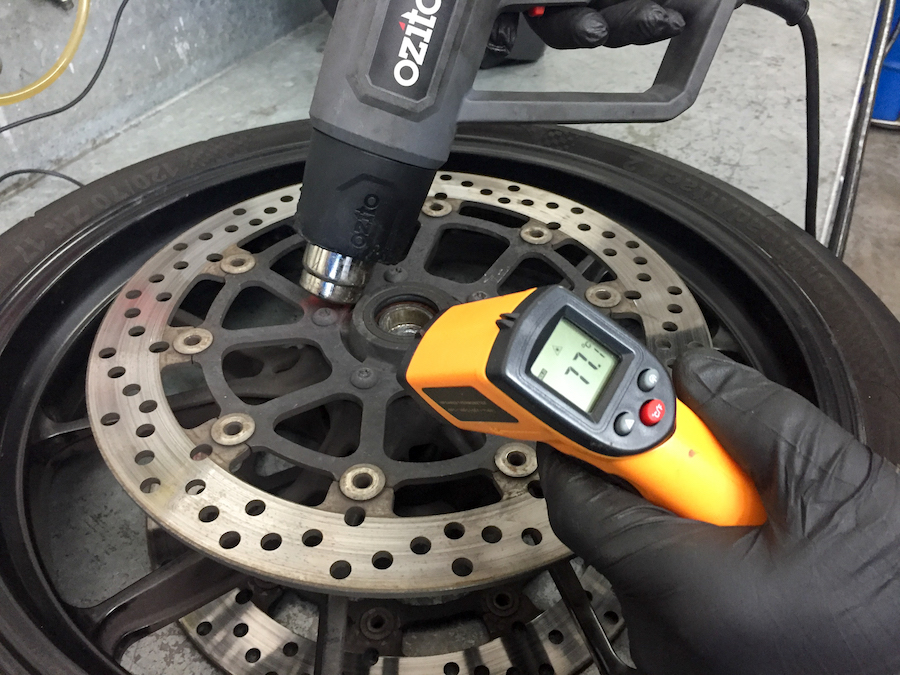
5 Remove the old discs
Brace the wheel in a secure way – in the workshop we have used a corner as shown.
Because we have applied the heat to release the threadlock, the job should be relatively easy.
Take care not to damage the star heads on the bolts….or burn yourself, use gloves! Some wheels are equipped with a speed sensor gear (see pic X) which must be fitted in the correct order. Make sure it is not fitted back to front or on the wrong side.
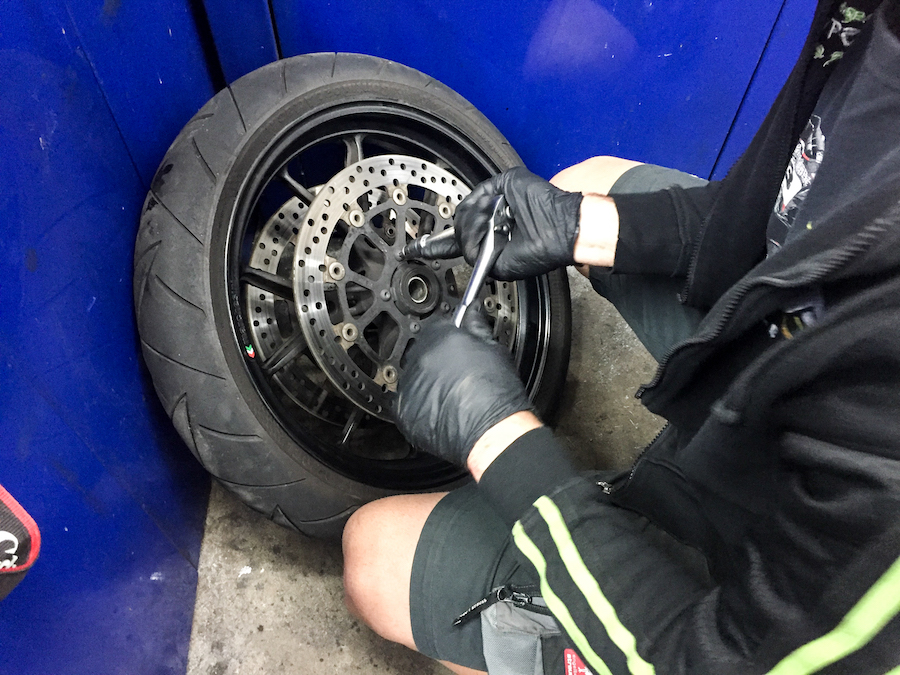
6 Prepare the rim for the new disc
This is a very important part of the job and requires special care.
Clean the contact surfaces between the rim and disc with Scotchguard. There should be no grime or residue. You can also use a thread tapper to clean any residue from the bolt holes.

7 Degrease the new discs
It is important that the new discs are degreased prior to fitting, so they have a proper surface to grip the brake pads. Do not forget this step as the new discs will have protective material applied for shipping. Be sure you have the correct replacement part by checking diameter, mounting holes, disc thickness, etc. before you fit them
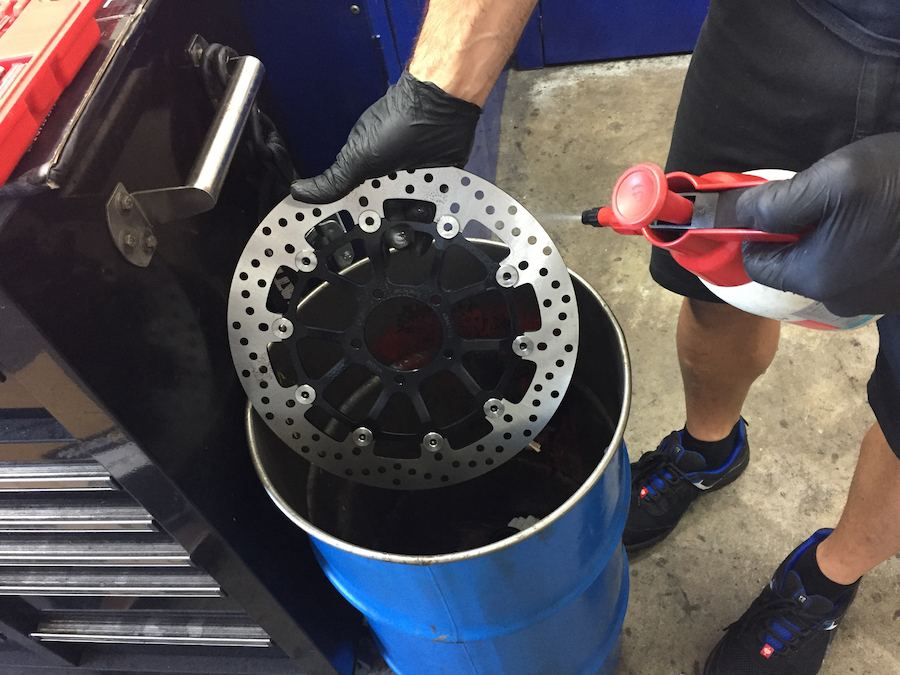
8 Fit the new discs
Apply some threadlock to each of the bolts. Watch out for drive directions, some discs only fit right or left hand side. They should be marked with an arrow if so.
Use a torque wrench to apply the correct bolt tension. You will find all specific tightening torques in your workshop manual. Make sure the surface is clean and flush. If you don’t follow these steps, it is more likely the discs will warp again.
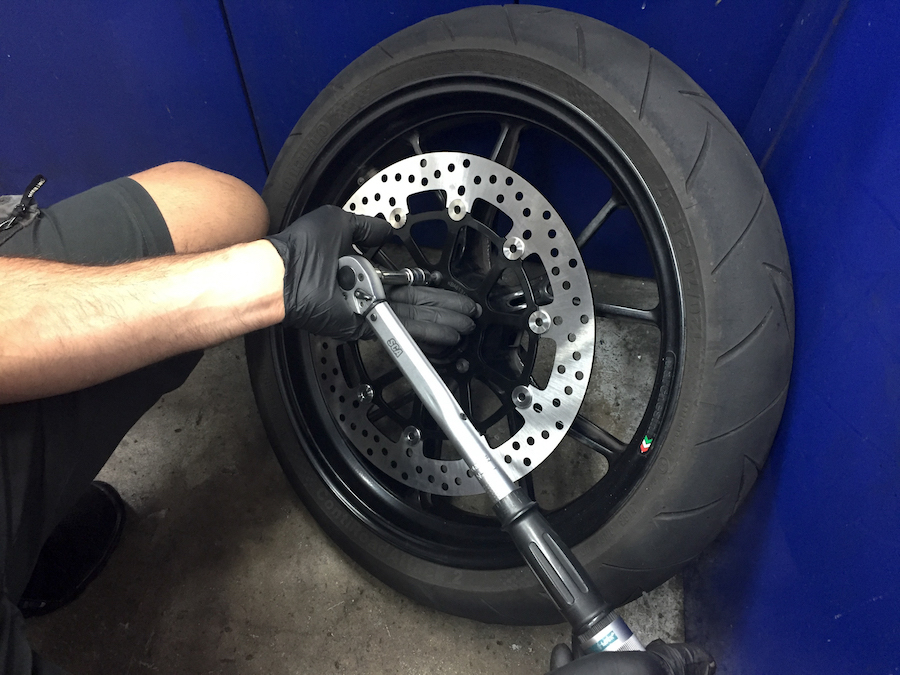
9 Prepare the wheel for fitting
Now is a good time to apply some grease to your axel and hub.
It is a good opportunity to inspect your wheel bearings also, checking that they rotate in a completely smooth way. Remember to remove excess grease after you have fitted the wheel.
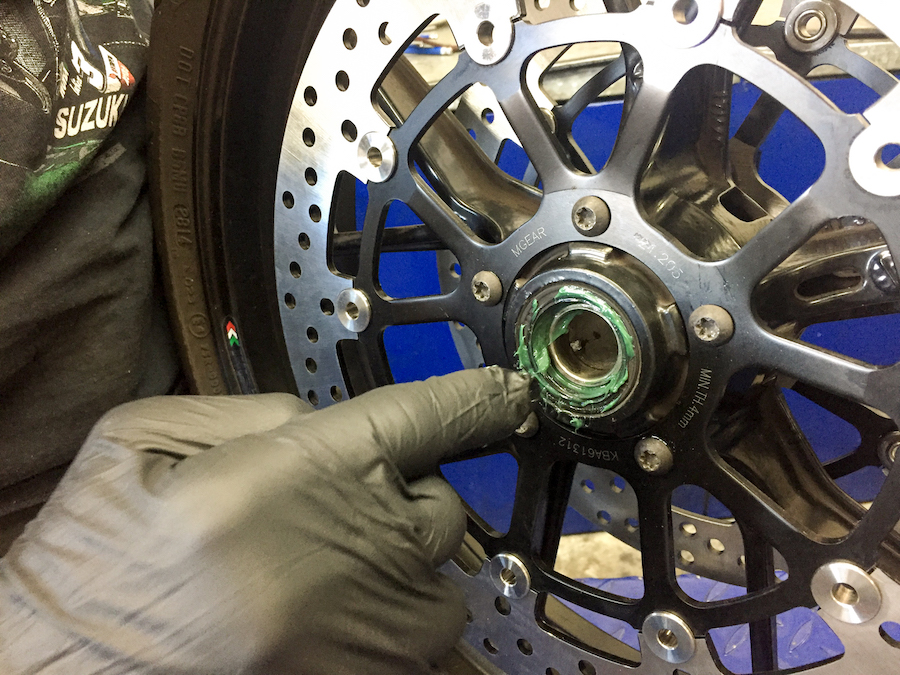
10 Re-attach the wheel
The last step is to reattach the wheel.
Refit all wheel spacers in the correct order.
Use a torque wrench to set the tightening torque to obtain the correct tension on the axle bolt and start to tighten the bolts once the bike is back on the ground as mentioned in step 1. Remember, whenever you replace discs you also need to replace your brake pads. That will be a separate how to, but you are well on your way to curing those pesky pulsing brakes!
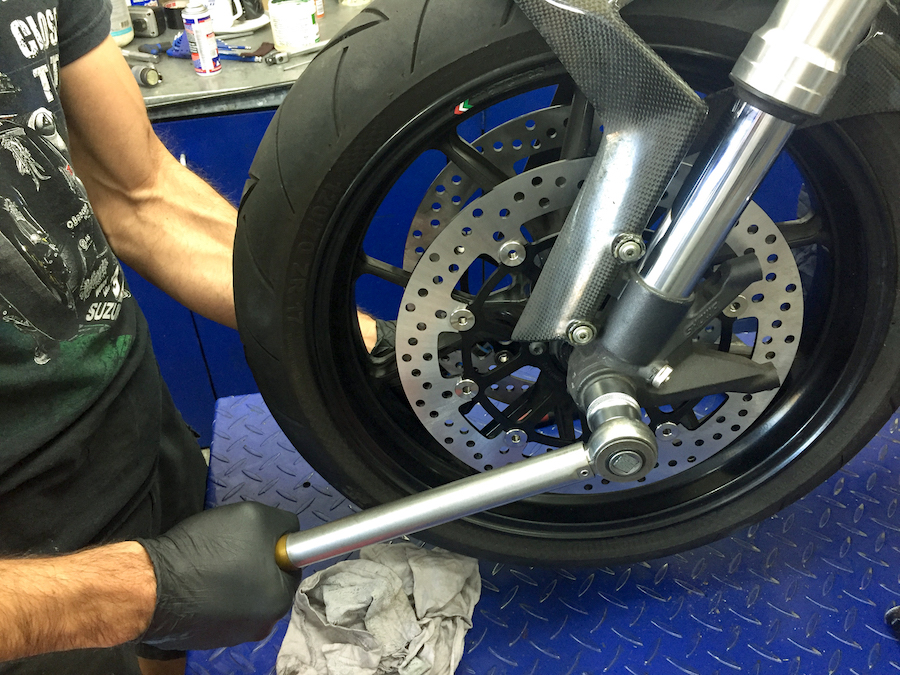
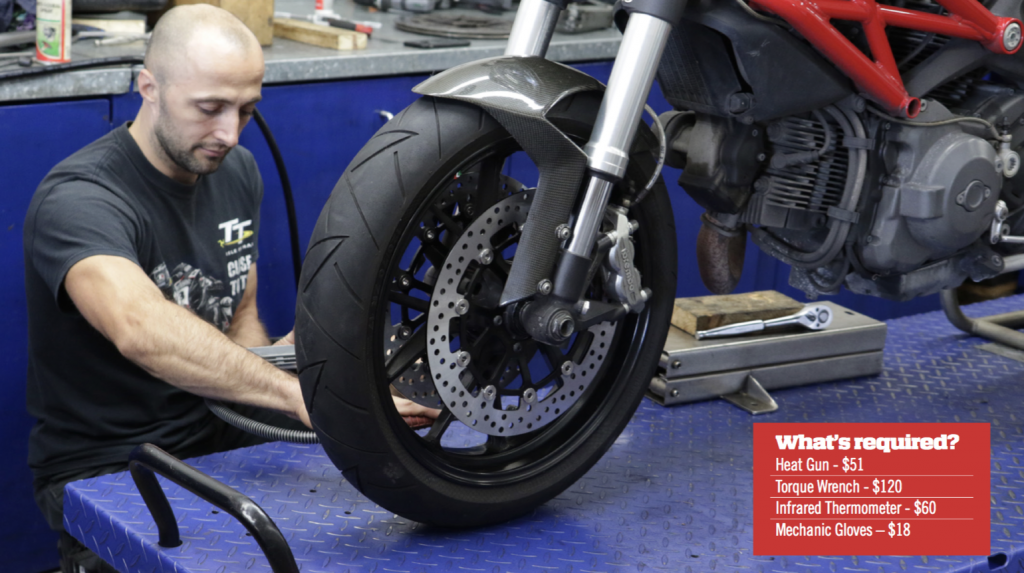
Thanks to Chris and Andre at Northside Motorcycles
335 Pacific Hwy, Artarmon
(02) 9439 3549
WORDS & PHOTOGRAPHY MATT O’CONNELL

